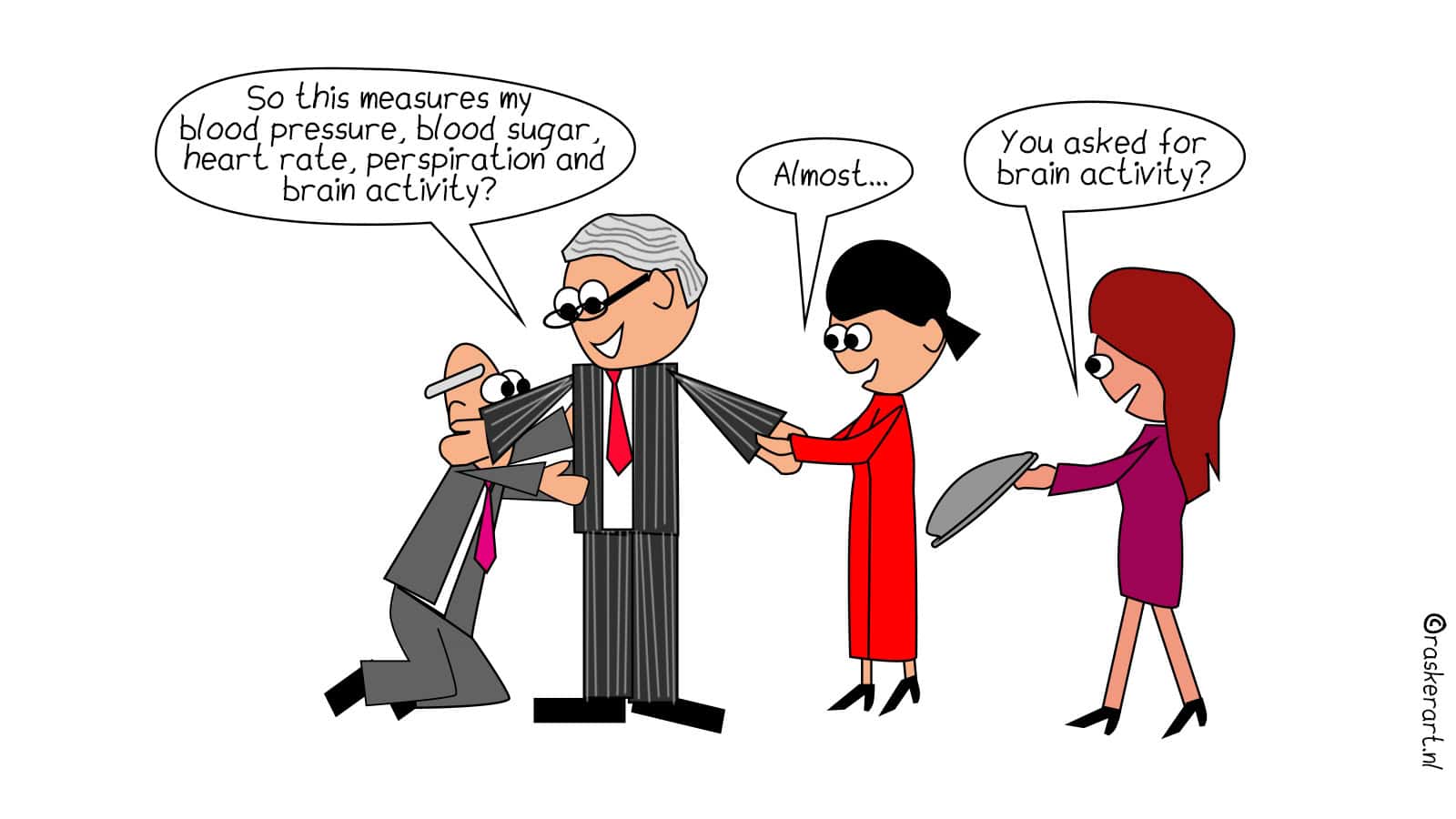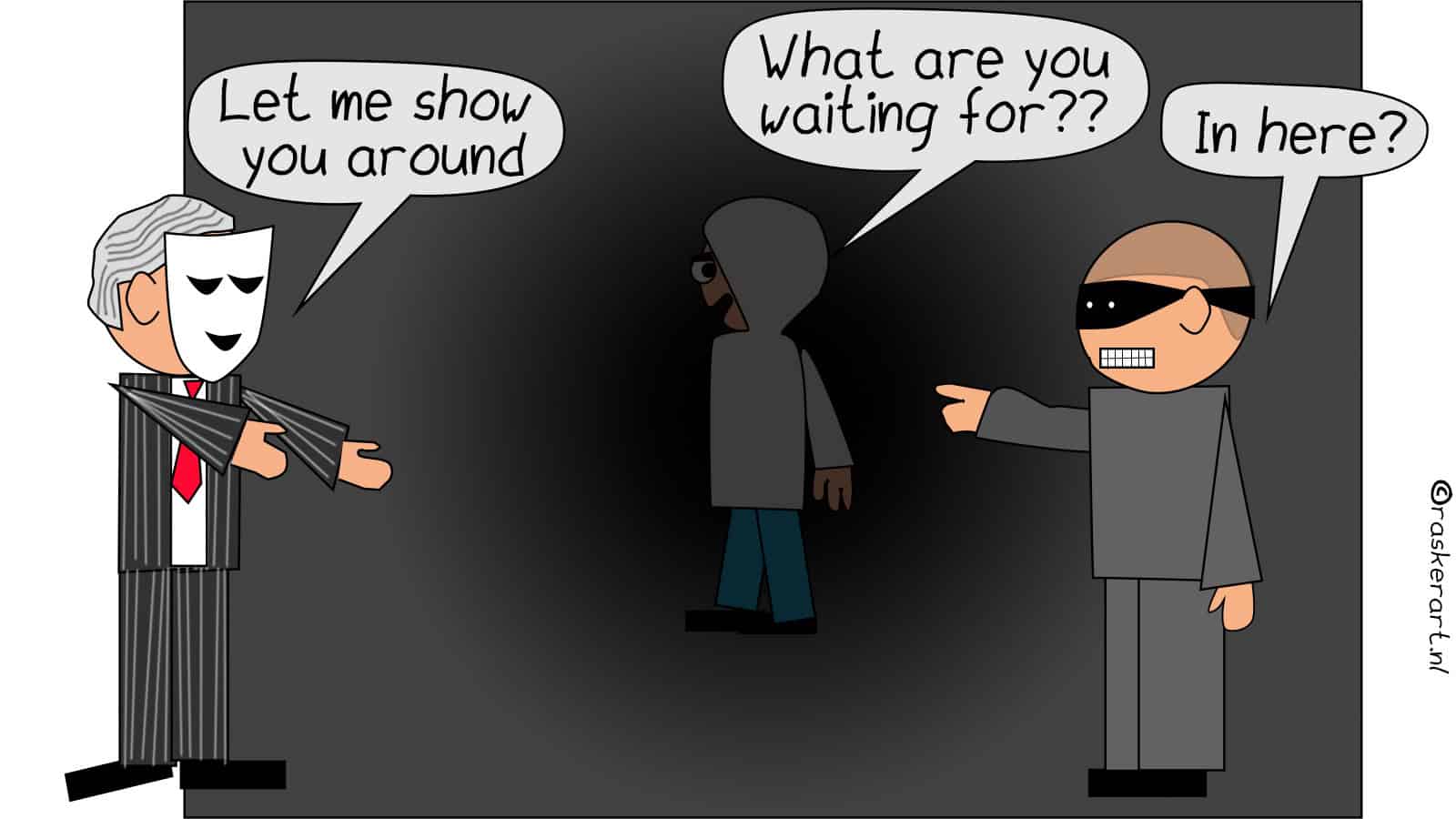
Data centers around the world use huge amounts of power for magnetic data storage. Dutch data centers, for example, already account for about 3 percent of the total energy consumption. Thanks to a new method that influences magnets with laser light, this kind of storage can now be done faster, cheaper, and more efficiently. This saves on electricity and ultimately leads to a smaller CO2 footprint.
Magnets all consist of small magnets that are called ‘spins.’. Ordinarily, the spins all point in the same direction and thus determine the north and south poles. But it also sometimes happens that the directions of the spins together form a swirling pattern. This is referred to as a ‘skyrmion’.
Turning magnetic spins with laser light
It was already common knowledge that you can turn around a pattern of magnetic spins with laser light. Physicists have now discovered a new route that enables this to be done very quickly. In fact in less than 300 picoseconds (one-millionth of a millionth of one-millionth of a second).
These skyrmions in magnets are an appealing option for new forms of data storage,’ says Johan Mentink. He is a physicist at Radboud University in Nijmegen, the Netherlands. For a long time now, Nijmegen scientists have been looking for optimal ways of controlling magnetism with laser light so as to ultimately use it for more efficient data storage. In this technique, short pulses of light are fired at a magnetic material. By doing so, the magnetic spins in the material reverse polarity, turning a bit from a 0 into a 1.
Store much more data on a smaller surface area
There is a great need for faster and more efficient ways of data storage. More and more data is being stored in the ‘Cloud.’ This is why these gigantic energy-guzzling data centers are needed. Magnetic skyrmions can offer a solution to this problem. As they are very small in size in themselves, and since you can create them very quickly by using light. This means a great deal of information can potentially be stored very quickly and efficiently on a small surface area.
The transition between two states in a magnet – from spins in one direction to a skyrmion – can be seen as a high mountain peak that you have to cross. As the researchers have figured out, you can cut off the mountain pass, as it were, by heating the material very quickly and briefly using a laser pulse. The threshold for the phase transition is lowered for a short burst of time this way.
Free-electron laser in Hamburg
What is so special about this new route is that the material is first subjected to a very chaotic state where the topology (i.e. the number of skyrmions in the material) fluctuates greatly. Researchers have only been able to discover this route by combining X-rays from the European free-electron laser in Hamburg together with state-of-the-art electron microscopy as well as spindle dynamics simulations. “This makes the research a tremendous team effort,” Mentink emphasizes.
Fundamental discovery
A new chapter in topology has dawned thanks to this fundamental discovery. “I expect that a lot more scientists will now look for similar fast ways to ‘cut off the mountain pass’ in other materials,” says Mentink.
The research was published on October 5 in Nature Materials.
The research was a collaboration between MIT (Boston), Max-Born-Institut (Berlin), Johannes Gutenberg University (Mainz), European XFEL (Hamburg), Technische Universität Berlin, Universität Göttingen, Deutsches Elektronen-Synchrotron, Universität Heidelberg, Politecnico di Milano and Radboud University.
Also interesting: Next generation photonic memory devices are ‘light-written’








